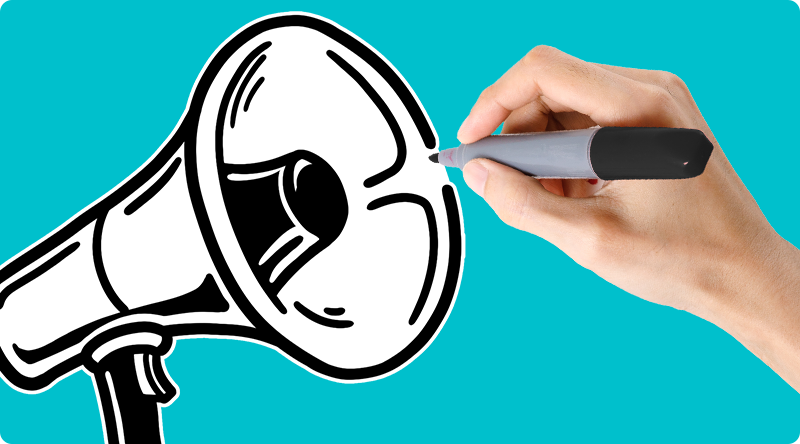Art marketing: Trends, AI, & explainer videos
Written by
Beth Longman | 4th December 2023

Art marketing is the process of creating interest in a piece of artwork and/or building a brand for artists and art institutions. It plays a critical role in spreading the word about new pieces/artists and translating artistic narratives and concepts into something that connects to an artist’s target audience.
Where once people relied on traditional galleries and physical exhibitions as destinations for art marketing, the internet has made the process a global phenomenon. And this means that AI tools, explainer videos, and other trends are rising.
In this article, we explore these trends in more detail. We also take a closer look at how artists can use explainer videos to introduce their work to new audiences.

Trends in art marketing
With the rise of digital marketing, art marketing has undergone a significant transformation. Online galleries and platforms co-exist and connect with physical exhibition spaces and the prevalence of social media marketing places pressure on artists to tell a compelling story that weaves the two together.
Artistic storytelling is a trend in its own right; by evoking emotion and connection through exploring the backstory of a piece, biography, or artistic movement, artists can build trust and a sense of community among their online audiences.
The modern age of art marketing is also influenced by increased access to data and analytics. After building a website online, artists and galleries can easily measure the performance of pieces, looking at website traffic, visitor engagement, and conversion rates to gain more insight into sales figures.
This data-driven approach also allows them to make informed decisions about how to optimize their online art marketing efforts; this ties in with the increasing focus on customer experience in the space. To take an example, an artist might use data to provide a more personalized and enjoyable online art-buying journey, recommending particular pieces of art based on a website visitor’s previous purchases.

The impact of artificial intelligence (AI) on art marketing
Artificial intelligence (AI) has transformed both the marketing and artistic landscapes; within art marketing, it can be used to:
- Automate marketing work. Marketing automation tools can streamline art advertising by scheduling ads and emails to go out at the right times, tracking campaign performance, and segmenting audiences based on real-time data.
- Create personalized marketing campaigns. AI can tailor art marketing messages and product recommendations to individual consumers based on their browsing and purchasing history in order to boost sales. This most commonly happens in e-commerce stores and online marketplaces.
- Analyze data about trends. AI tools can process vast amounts of information to make predictions about art pricing, emerging artistic styles, and shifting consumer preferences. This allows artists, galleries, and art market analysts to gain a more stable footing in a constantly fluctuating market.
- Curate collections. In-person museums and galleries are now using AI to identify patterns between pieces of work in order to find the best places to display them. The same process can be replicated in online galleries.

How can artists use explainer videos?
Within the world of art marketing, explainer videos are also on the rise. This form of visual storytelling is an easy medium for artists to use to introduce their work to new audiences, promote upcoming exhibitions and events, and even sell artwork. When using explainer videos in their marketing, artists could:
In line with video content trends more widely, artists can also use AI-generated content to save time when creating explainer videos that market their work. Such AI tools can compile and create images, text, audio, and data in seconds to generate fully animated videos that require little work.

The future of art marketing
As AI tools become responsible for the creation of increasing numbers of artworks, AI marketing becomes ever more important to building a presence online. Luckily, by utilizing automation tools, personalization ideas, and explainer videos, artists can ensure that their artwork continues to reach their target audiences.
Narrative-driven explainer videos will play a particularly critical role, providing a compelling and engaging medium for artists to connect with their audiences in an increasingly digital landscape.
Narrative-driven explainer videos will play a particularly critical role, providing a compelling and engaging medium for artists to connect with their audiences in an increasingly digital landscape.
Author's bio

Beth Longman is a content and copywriter, currently offering her expertise to Website Builder Expert. She graduated from the University of Warwick with a degree in English Literature & Creative Writing.



